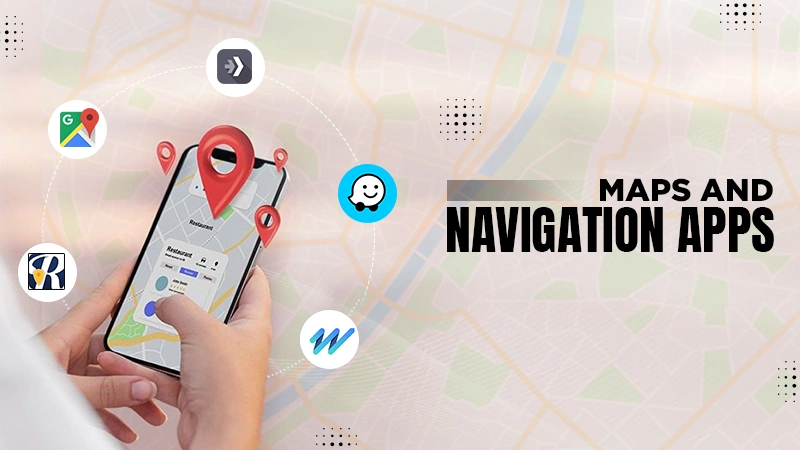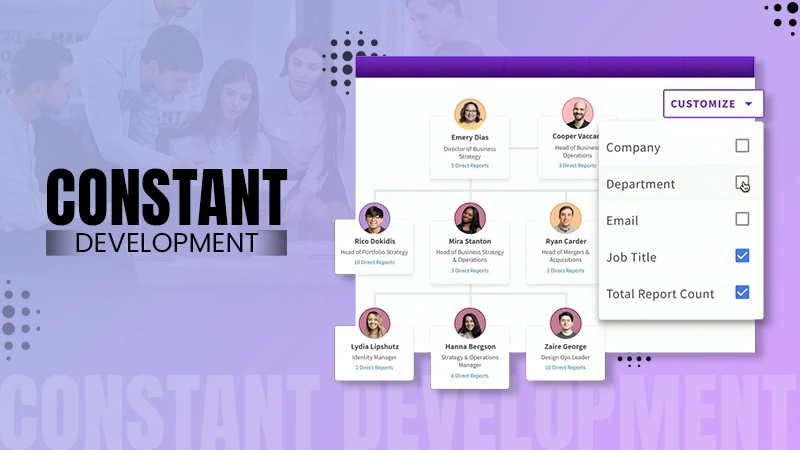Analytics: 4 Ways Data Insights Can Drive People Performance

When it comes to getting the most out of your workforce, guessing games just don’t cut it anymore. HR analytics takes aim at gut-based decisions around talent and deploys data-backed insights to optimize for peak professional performance.
From stemming turnover to hiring top talent faster, workforce analytics unlock targeted visibility into pain points while illuminating a clear path forward. The result? Your best and brightest employees stick around, produce more, and propel your organization to new heights.
This post reveals four ways to tap into the power of people analytics across the employee lifecycle – from attraction and retention to productivity and advancement. When applied correctly, the workforce intelligence extracted will supercharge human capital management.
Understanding HR Analytics and People Data
So, what is HR analytics anyway? In a nutshell, human resources analytics breaks down and neatly packages actionable workforce intelligence from employee information and metrics. It applies the techniques of data science – including statistical analysis, machine learning, and predictive modeling – to your company’s human resources data. Pretty neat stuff.
The goal is straightforward: to understand your people, diagnose issues, and come up with solutions grounded in evidence vs assumptions.
Some of the most popular types of HR data that can be tapped into include:
- Demographic info – age, gender, location, tenure, etc.
- Job performance data – sales, productivity metrics, absences etc.
- Engagement and culture data – surveys, eNPS, satisfaction
- HR process metrics – cost per hire, time-to-fill, turnover rate
This goldmine of quantitative and qualitative people data gets funneled into analytics systems and translated into insights leaders can leverage. The upshot? HR analytics minimizes uncertainty around talent decisions through data-driven foresight and prescription. Now let’s explore five ways this information can help drive people performance across your organization.
Stemming the Tide of Turnover
Losing top performers devastates productivity and kicks off a costly replacement process. Rather than watch helplessly as A-players quit, use people analytics to reveal the real reasons talent walks out the door.
Exit surveys and text analysis uncover prevalent turnover themes like limited career growth, burnout, bad managers, or compensation lagging market rates. You can also calculate turnover rates by team to pinpoint the groups suffering the biggest brain drain.
Armed with behavioral insights into sources of frustration, you can now tailor focused retention initiatives to help maintain your workforce. Things like compensation benchmarking, manager coaching, internal mobility, upskilling opportunities can all be used as target interventions to plug the leaks across critical jobs roles.
In today’s cutthroat talent landscape, retaining your difference-makers is non-negotiable. People analytics clues you into why they leave – and what it takes to make them stay.
Boosting Workforce Productivity
When you boil it down, business growth ultimately depends on employees continuously upping their game and output. But what if there are obstacles, seen or unseen, holding them back from peak performance?
HR analytics shines a light by tracking productivity metrics across the organization to pinpoint laggards versus lead performers. Comparing output KPIs for sales closed, projects shipped, tasks ticked off reveals where bottlenecks may lurk.
Maybe your bottom half simply needs more coaching or hands-on training to excel. Or would better tools and efficient processes empower them to do their best work? You can also run regression analysis to uncover hidden drivers impacting productivity – whether it’s their direct manager’s effect, tenure, cross-team collaboration, or another factor entirely.
Isolate the highest potential leverage point, then develop initiatives to catapult productivity. We’re talking customized manager feedback sessions, targeted job rotations, and improved collaboration software. Removing barriers lets every employee contribute their all.
Hiring Top Talent More Efficiently
Growth moves fast, but filling essential roles with top performers is an absolute necessity if you want to scale effectively. As such, HR analytics is a tool that transforms recruiting to hook top talent faster.
First, find out where your current best employees come from. Historical hiring data shows the sweet spots – those seamless job boards, university pipelines, LinkedIn outreach channels acting like magnets for cream-of-the-crop applicants. Analyze and double down on what works.
Speaking of what works, analytics uncover what doesn’t too – like resume screenings biased towards the wrong qualifications. Refine criteria and interview practices so merit and excellence shine through.
And by matching new hire performance data with screening metrics, you can decode the signals strongly associated with long-term impacts across key roles. Now you’re optimizing job posts to catch candidates’ eyes and tweaking assessments to draw out raw ability over scripted answers. This helps you stay competitive in even the most cutthroat of industries.
Taking the Workforce’s Pulse
Rising disengagement or simmering culture issues left unaddressed can sabotage organizations from the inside out. But instead of waiting for explosions, use HR analytics to take the business’s temperature early and often.
To do this, field frequent pulse surveys with text analysis to get a beat on employee attitudes, values fit, and general happiness. Track eNPS trends over time as your baseline. Surface growing pockets of dissatisfaction, gaps around inclusion, potential pitfalls in company culture demanding attention.
Listen first through analytics to deeply grasp inner workforce needs. With your finger firmly on the pulse, set the right initiatives in motion. This could be things like enhanced flexibility, peer recognition, D&I task forces, or development opportunities. Keep nurturing that culture and engagement will bloom in turn.
In Closing
HR analytics isn’t about reports gathering dust. It means unearthing deep workforce insights that lead to targeted impact across the employee lifecycle. From pinpointed retention tactics to refined recruiting funnels, the findings propel data-backed initiatives that make your people programs more strategic, helpful, and human.
Ultimately, these analytics unlock better understanding, decision making, and business performance – getting HR out of the backseat and firmly behind the wheel.
Also Read: How To Check Your Device Performance and Speed








